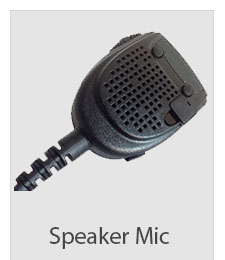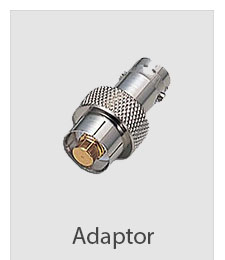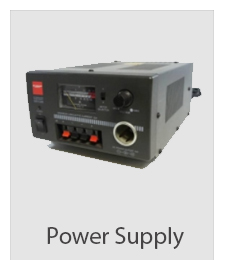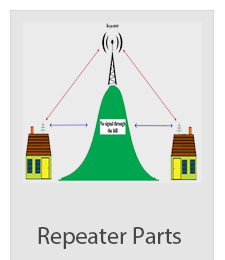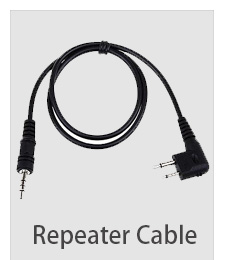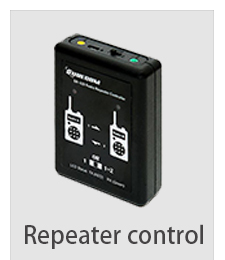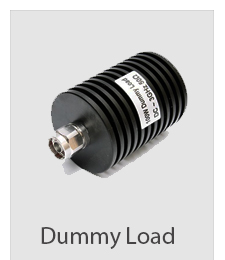Typical set-up for SWR meter
When looking at how to use a VSWR meter, most instructions are fairly vague, often just detailing which connector is to be connected to the antenna and which connector to the transmitter.
The basic set-up for a VSWR meter is as shown in the diagram below. The VSWR meter is connected in the feeder from the transmitter to the antenna. Typically it is located at the transmitter end of the feeder for convenience, and so that the actual VSWR as seen by the transmitter can be monitored.
The easiest way to achieve this is to connect the antenna plug normally connected to the transmitter into the VSWR meter socket labelled ANT or ANTENNA, and then use a short patch lead to connect the socket marked TX or TRANSMITTER on the VSWR meter to the transmitter.
In some instances an antenna matching / tuning unit may be used. Again for convenience these are often placed near the transmitter. It is often more convenient to place an ATU close to the transmitter as having a remote one often means getting power to it and also weather-proofing it and this adds significant cost.
When an ATU or antenna matching and tuning unit is added to the set-up, the system shown below is normally used. By placing the VSWR meter between the transmitter and the ATU, the VSWR it sees is monitored. This is normally the most critical point to monitor the VSWR because high VSWR levels can damage the power amplifiers if no protection is incorporated, or it can result in the protection circuits backing off the power.
The effect of the ATU is to reduce the VSWR as seen by the transmitter. It does not improve the VSWR that is seen on the antenna side of the VSWR meter. However it is found that if the coax feeder can withstand the higher voltages and current as a result of the poor antenna match, and the feeder loss is not too high, then the system will work well.
https://www.409shop.com/shop.php
Telecommunications Knowledge
|







